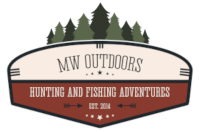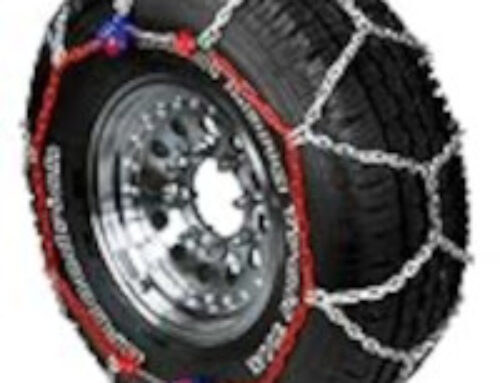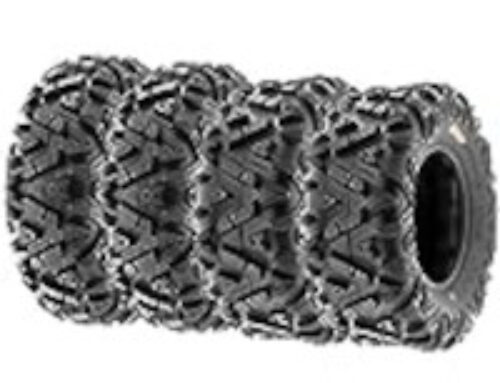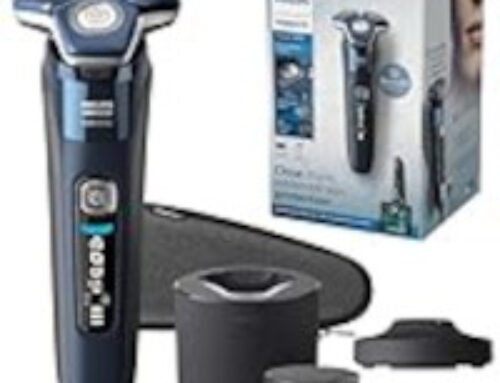Buck Rubs Give Up Their Secrets
A lot can be determined by buck rubs, even the age of the deer and the size of the rack (antlers). Bucks make early season rubs for removing their antler Velvet (saplings & brush) and the more dominant rubs (trees) right before the rut seasons begin. Rubs can be found on power line poles and fence post, but most are on smooth bark trees such as sumac, pine, cedar, birch, popular, and maple. Typically there are no limbs, but in the case of pine this is not the case.
Where Will A Buck Make Rubs
Dominant bucks cover a large area during the rut, up to 10 miles based on trophy bucks being seen and caught on trail cameras. However if you see clusters of rubs or multiple rub lines then you are most likely in an area that has all the essentials (food, bedding, water, cover) and will hold/contain doe(s) and mature bucks. In either case focus on logging trails, ridge-tops, field edges and small patches of heavy cover.
The First Rubs
Buck rubs begin in early September and continue throughout the breeding season. The fist rubs to be seen will appear on small saplings and brush and are very hard to see or detect. The first of these rubs are your older bucks removing the velvet, which is triggered by their testosterone levels. Shortly after this your younger bucks will do the same, but will then limit their rubbing for the rest of the year. Finding these early rubs can help in your scouting, locating, and setting up your stands for a 3 year or older buck. If you have trail cameras take a look at the bucks and which have their velvet cleaned off first. You will find that the highest percentage of older bucks have their velvet off before the younger bucks.
Rubs Made Just Before Rut
Rubs made right before the rut are bucks 3 years and older that are making their mark for; territory control, scent post, aggression markings due to testosterone levels, and for building up their neck and shoulders for dominant territory fights that are to come.
So what are scent post? This is where your older bucks will release (secretion) scent from their forehead glands telling all other bucks they are the dominant buck. By this scent bucks can determine if this is from a more dominant buck or not and is why it will also suppress younger bucks 1 -2 years old.
These scents (chemicals) released on the rubs and scrapes are also used to stimulate the Doe(s) and help promote the breeding cycle.
Rubs Made Just Before The Second Rut
Rubs made in November and December are made by a mature buck in the area looking for those doe(s) that are going into estrus for the second time (2nd Rut). Since this buck is on the move looking for that doe you may want to try grunting. this can trigger aggression and get him to move in quietly, so be ready.
Can You Find A Rub Line Of Early Rubs
Since these rubs are very hard to find you really need to focus on them. The rubs will also be sporadic so it will be much harder to find and determine a rub line, but taking the time you can find his route. Once you find this rub line place your stand accordingly. If you are a bow hunter this will be a good trail to hunt, however if you are a gun hunter then you will want to study the pre-rut rub line, which is much easier to find. When placing your stand note that the bucks are still limiting their daylight travel hours, so you need to focus on the bedding and feeding areas.
Rub Secrets Be Told
A rub can you tell you when it was made, how big the deer is, and a good idea of the size of the rack, but it does take practice to find the early rubs (velvet time) and to understand them.
As the rut approaches and the buck rubs pick up you can see how green the bark is. If the wood is still white and the bark green then he was just there. If the bark has turned dark or orange color than you have a rub that is a week old or older. Then notice the diameter of the trees the buck is hitting, as bucks will hit a tree that will support their size and strength. The larger the diameter of the tree and the larger and deeper the antler marks, the bigger the buck. Also look at the brush behind and beside the tree being hit, if you can see marks here you can get a good idea of the rack width.
What Direction Is The Rub Line Going
Bucks 3 years and older are those that will leave their food source early in the morning (before daylight) and return to their bedding areas. This is when they will do most of their rubbing. Therefore, rubs are typically made on the same side as the food source is located. Thus, if you can see the rub line you are looking in the direction of his bedding area and have found his travel corridor.
Can I Set Up On Rubs
If you are an Archery Hunter you can set up on the early rubs and have a good chance of seeing the buck that created these. However, rubs that have been made in preparation of the rut will most likely not help since these older bucks have already started to expand their range/territory searching for Doe(s).
Can The Size Of The Rub Tell You How Big The Rack Is
Yes, you can get a good idea based on the rub height and the diameter of the tree. Note, large bucks will also hit small saplings and brush when removing their velvet.
Guidelines
Both small and large bucks will hit saplings and brush during the early season when removing velvet.
Bucks 1 and 2 years old will stay to smaller trees that are 1 to 2 inches in diameter. Once the velvet has been removed these bucks will not rub much the rest of the year since they are suppressed by the more dominant bucks. Just like with scrapes, bucks will make rubs and leave scent from their head glands, this scent will help suppress the younger bucks, keeping them from breeding.
Bucks 3 and 4 years old will work trees 2 to 4 inches in diameter. These buck may be suppressed during the breeding season also, depending on the number of larger bucks in the area.
Bucks 4 to 6 years old will hit trees that are 4 to 6 inches in diameter and work further up the trunk of the tree. These bucks will rub regularly and may hit the same tree multiple times.
Trophy bucks will work trees 6 to 8 inches in diameter and at shoulder height (5ft). If you see this you want to focus in this area as you have a Boone & Crockett. I have seen this on my land in Buffalo Count WI multiple times. These bucks will rub regularly and may hit the same tree multiple times.









